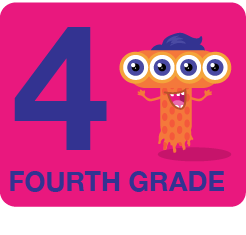Does your kid have an interest in the mysteries of science? This worksheet challenges their understanding of matter's main forms. It includes seventeen items that they'll have to identify as solid, liquid, or gas.
Imagine you have ice, water, and steam. They are all different forms of the same thing, which is called matter. When matter is solid, like ice, it keeps its shape because the particles are packed tightly together. When it's a liquid, like water, it can flow and take the shape of its container because the particles are more spread out and can move around each other. When matter is a gas, like steam from boiling water, the particles are even more spread out and can float freely in the air. So, solids are like building blocks that stay put, liquids are like puddles that can move but stay together, and gases are like invisible balloons that spread out everywhere!
Early knowledge of the properties and behaviors of different states of matter helps children grasp more complex scientific principles later on, such as changes in state, energy transfer, and the molecular composition of substances. This foundational understanding not only stimulates curiosity and critical thinking but also promotes observation, experimentation, and problem-solving skills. Children can make sense of everyday phenomena by recognizing and classifying materials based on their state of matter, fostering a lifelong interest in science and their environment.
Assessing Student Understanding of the Three States of Matter: Solids, Liquids, and Gases
Additional Educational Resources:
The Color Spectrum - Newton's Disc
Exploring Lunar Phases: Shade Phases of the Moon
Assessing Student Understanding of the Three States of Matter: Solids, Liquids, and Gases
GRADES:

Additional Educational Resources:
The Color Spectrum - Newton's Disc
Exploring Lunar Phases: Shade Phases of the Moon

